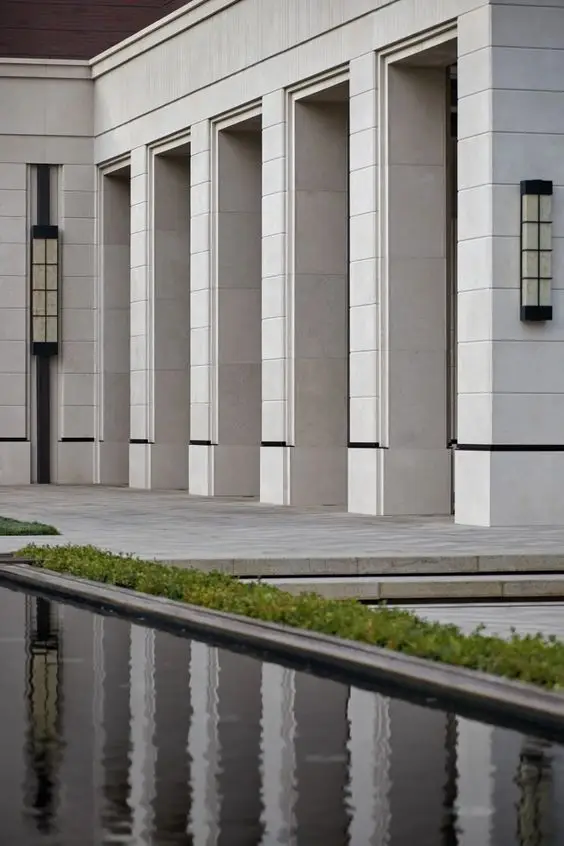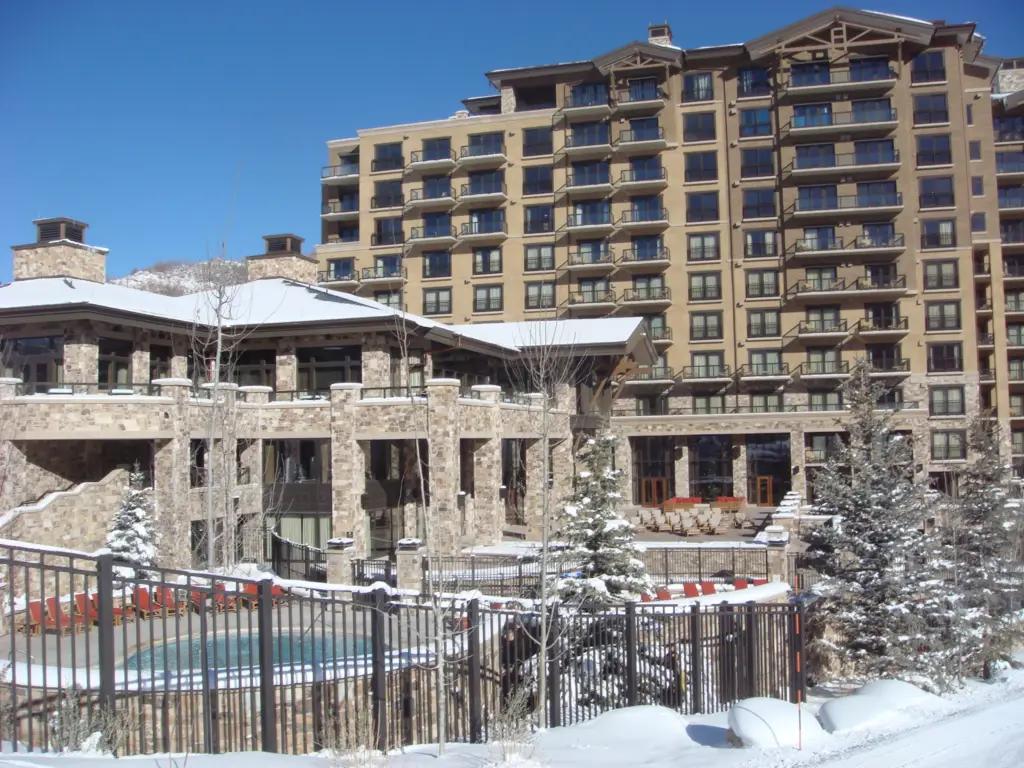

Precast is superior to cast-in-place concrete in several ways. It is easier to transport, produces less waste, and is more time—and cost-effective. But not all precast is made equal. Custom cast stone is a form of precast concrete that mimics natural stone, making it the perfect choice for trims and ornament features. It brings a timeless feel while preserving the unity of the whole project.
Precast
Precast concrete, also known simply as precast, is concrete that has been cast—poured into a mold and dried—prior to arriving at the final project build site. Some forms of precast, when reinforced with steel, can add form, durability, and support to a structure. Other forms, referred to as architectural precast, are not load-bearing and are used to create trims and ornamental features to beautify the structure.
Cast Stone


Like architectural precast, cast stone is used in construction to create elements to enhance the appearance of a structure. However, unlike other forms of precast, cast stone must meet certain standards and requirements. Cast stone is defined by its fine grain texture and is not allowed to have any bugholes or air voids, as it would disrupt the stone-like appearance.
Cast stone simulates the look and feel of various types of natural stone, like granite, limestone, marble, and so on. Many construction managers and designers choose cast stone over stone because it is more affordable, versatile, and allows them to have more uniformity in their projects. By using different molds, cast stone can be customized into almost any shape. Some cast stone companies use foam molds, which allows for greater customization without increasing cost or product completion time.
Cast Stone Casting
Regardless of the stone the designer is hoping to imitate, all cast stone is made from the same basic ingredients: water, fine and coarse aggregates, mineral oxide color pigments, chemical admixtures, and Portland cement. The cement in the mixture is named for its resemblance to the stone on the Isle of Portland, which is off the coast of England.
In wet casting, the wet mixture is poured into a mold. It is then compacted with the use of either a vibrating table, vacuum casting, or self-compacting additives until it is densely consolidated. This method takes longer than other casting methods and is typically used to create larger units.
Benefits of Architectural Precast vs Custom Cast Stone

Architectural precast concrete and cast stone have many shared benefits which make them excellent building materials. However, cast stone’s unique composition brings additional benefits to construction projects.
Time and Cost Efficient
Both precast and cast stone save time and energy needed to complete a project as the site preparation time can be used to create the precast or cast stone mixture and form it in the right shape with molds. Cast Stone, when cast with foam cores, adds to the time saved for project completion thanks to its lightweight nature making it easier to install with less crew required to accomplish the work.
Durability and Longevity
Precast concrete is a resilient material, able to withstand severe storms and many types of natural and man-made disasters. Cast stone is even stronger. It resists moisture and UV exposure.
Versatility and Appearance
Architectural precast allows for more uniformity and control, making it extremely versatile. It can be used in a wide range of applications, including flooring systems, façades, moldings, and other ornamental features. Cast stone expands upon this versatility while adding the look of natural stone, which can be customized to the project’s needs. It is also worth mentioning that lightweight varieties of cast stone can be used in trims and design fixtures where heavier materials may make the structure too heavy.
Conclusion
Among all the materials available in the construction industry, customizable cast stone offers a higher quality finished project with higher durability and longevity. Cast stone, superior to other forms of architectural precast concrete, is a stronger material with the added benefit of being aesthetically pleasing because it emulates the beauty of natural stone. By incorporating custom cast stone, architects and designers have more opportunities to be creative and customize their projects while achieving a harmonious balance between classic elegance and contemporary design with the added assurance their designs will last a lifetime.
- 0shares
- Facebook0
- Pinterest0
- Twitter0



